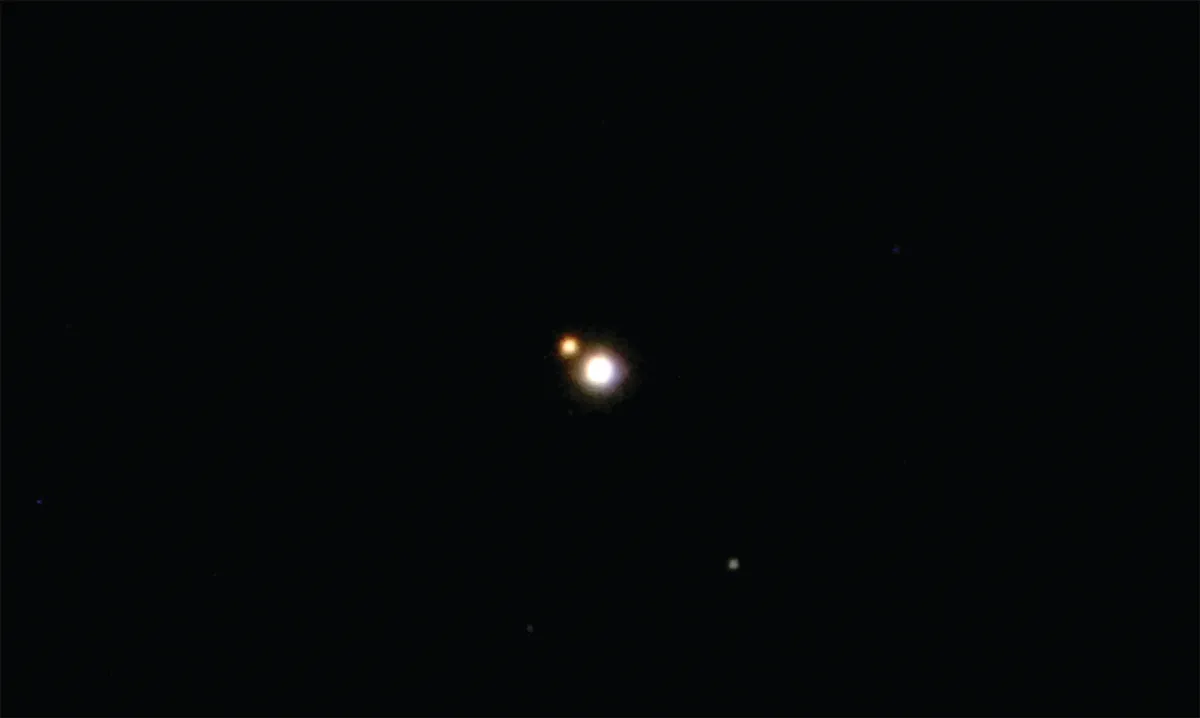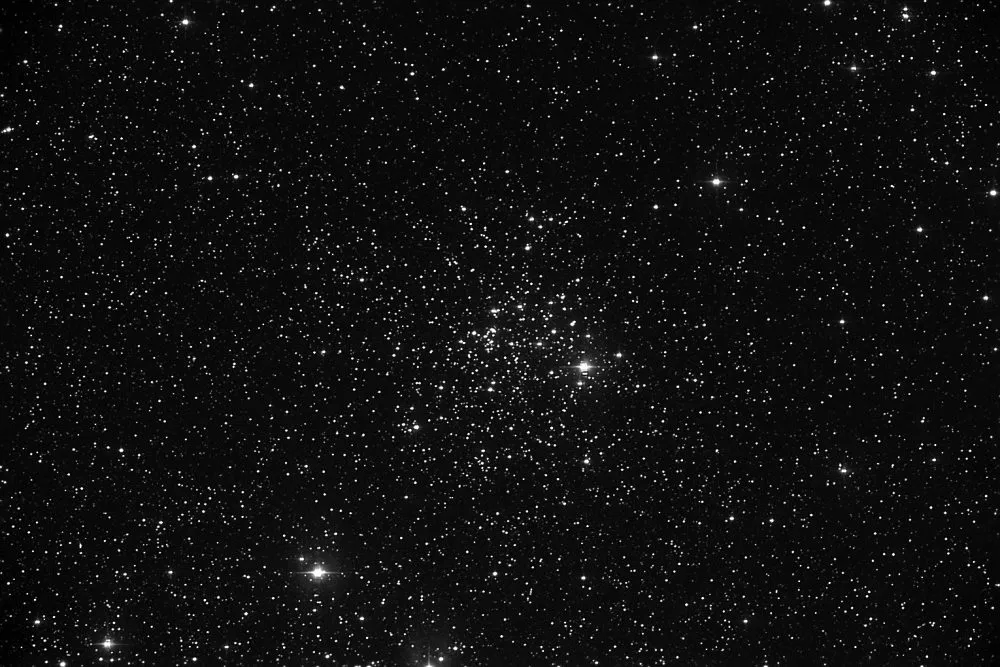When you’re out stargazing, the field of view is the amount of the night sky that you can see at any one time. It varies depending on what equipment you’re using, whether that be a pair of binoculars, a small refractor, a large Dobsonian, or even just your naked eye.
Because of this, it pays to know what to expect when you're intending to view a specific astronomical target, so you're aware of what you'll be able to see.
In this guide we'll run through various observing options and how the appearance of the constellation of Cassiopeia changes when you look through different types of astronomical instruments.
And if you want a really accurate look at what you can expect to see with different setups, use our field of view calculator.
Viewing the night sky with the naked eye

Your eyes are excellent for expansive views of constellations and asterisms, meteor showers like the Lyrid meteor shower or the Perseid meteor shower, the Milky Way and bright comets.
Of course, you can see other objects, but it’s the general majesty of the heavens that you get with such an amazing, near-180° left-to-right field of view.
It makes the naked eye an enjoyable means of looking at the night sky. The image above shows what the constellation of Cassiopeia, with its easily recognisable W shape, looks like to the naked eye.
It’s said that the eye has a magnification of 1x and the faintest stars you can see are mag. 6.5. Some people have claimed to be able to see stars as dim as mag. 7.0 ( for more on this, read our beginner's guide to stellar magnitude).
Even if you can, you’ll still miss nearly all of the wondrous deep-sky objects and any hint of their structure. For these objects you need a pair of binoculars or a telescope.
Observing the night sky with binoculars

Using a standard pair of 10x50 binoculars you instantly increase your magnification to 10x, meaning things look 10 times bigger.
Also, instead of the standard 5-7mm width of your pupils, you have the binoculars’ 50mm-diameter lenses to collect starlight. This allows you to see faint stars deep into mag. 10.0 territory.
If you're on the hunt for your first pair or even an upgrade, read our guide to the best binoculars for astronomy.
Depending on the make, 10x50 binoculars have a field of view between 5º and 9º. This gives you lovely wide views to sweep across the sky in search of objects such as nebulae, galaxies and star clusters, which look great through binoculars.
Read our binocular guide to find out more about what the numbers on binoculars mean.
Just outside Cassiopeia there’s something well worth viewing with binoculars: the Double Cluster in the neighbouring constellation Perseus (pictured above).
With the naked eye, you can just make it out as a faint smudge. Binoculars, though, reveal it as a true marvel: hundreds of stars in two distinct clusters spanning an area about 1º across.
It’s a stunning sight that easily fits into the field of view of a pair of 10x50 binoculars.
Observing the night sky with a small telescope

To see more detail than you get from binoculars you need a higher magnification and an instrument that captures more light. Welcome to the realm of the telescope.
Even with a small scope like a 4-inch refractor fitted with a 26mm Plössl lens, you’ll get a magnification of almost 40x greater than the eye. However, this comes at the cost of a reduced angular field of view, which goes down to about 1.3º.
For more on the principles of telescopes, read our guide to understanding telescope stats.
A 4-inch refractor fitted with a 26mm Plössl lens, for example, is useful for taking a look at double stars.
Cassiopeia provides a good example of this with mag. 7.4 Achird (Eta (η) Cassiopeiae), a red star with a brighter, mag. 3.0 yellow companion (pictured above) – though some people say the colours in this double are more golden and purple.
A small telescope will reveal objects well into the 12th magnitude and, because of its enhanced light-gathering power, things like the shapes of nebulae and detail on planets become apparent.
Plus, for the first time in our equipment choices, you have the option to increase the magnification further by changing eyepieces.
If you'd like to see the night sky through a telescope but aren't sure where to start, read our guide on how to choose your first telescope.
Observing the night sky with a large telescope

Bigger telescopes work with higher magnifications and narrow the fields of view further still, a result of their wider aperture.
If you were to take a look at Cassiopeia using an 8-inch Dobsonian fitted with a 12mm Plössl lens, you would be looking with a magnification of over 100x that of your eye at an angular field of 0.5º.
Our target is the open cluster called M52. Viewed through binoculars, this object is simply a faint fuzzy patch.
A small telescope begins to resolve the individual stars and shows its roundish appearance.
However, a big Dobsonian reveals a fine group of about 200 stars with a diameter of about 0.25º, which fits easily into the field of view (see image above).
M52 sits within the Milky Way, so the surrounding sky is full of stars and other treasures to investigate.
The large aperture of a Dobsonian scope means that you can see stars and other objects as faint as mag. +14.0.
Dobsonians, though, are not built to track (follow) the sky. They point at the same fixed spot.This means that you’ll see stars move across the sky as you look through the eyepiece
If your eyepiece increases the magnification to a powerful 400x, the stars will move across your field of view very fast indeed.
If you're a seasoned observer and are looking for a newer, better piece of kit, read our guide to buying your second telescope.